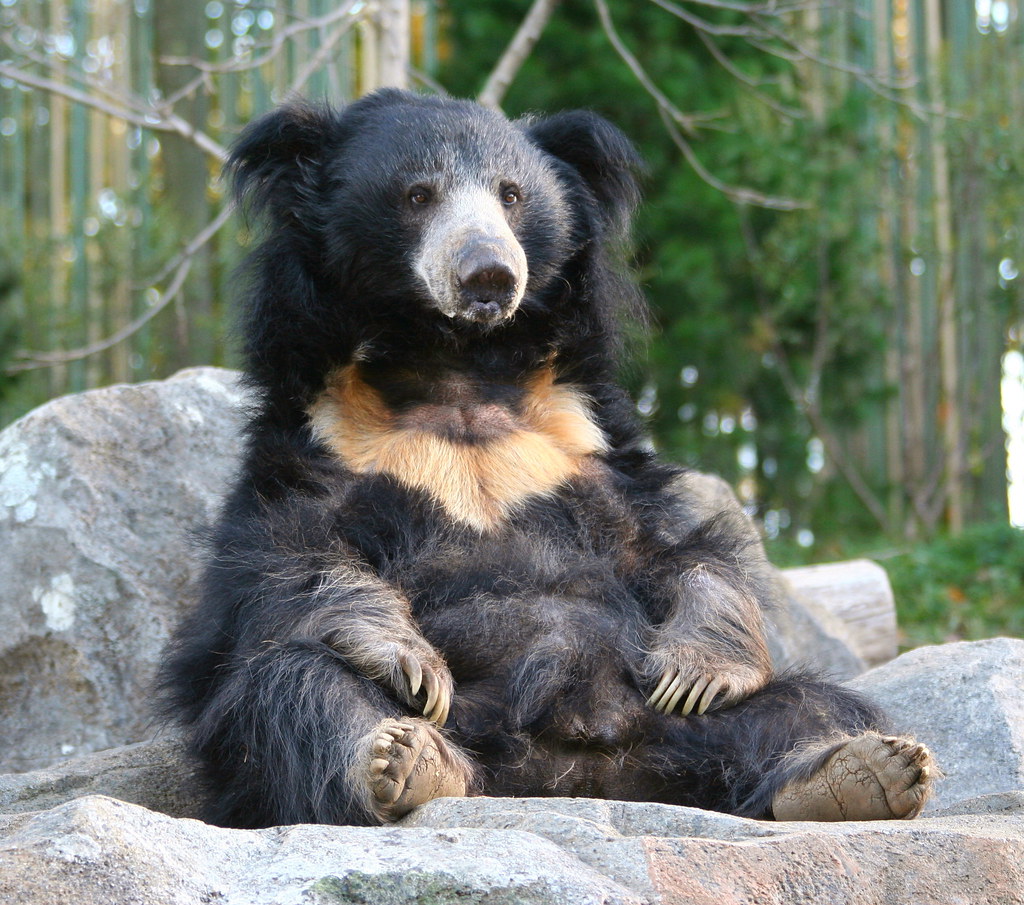Perhaps one of the least-known of the bear species in the world is also classified as an endangered animal. It can be found in one particular part of the world and has a couple of fascinating and distinctive characteristics. In this article, you’ll discover some of the most interesting facts about the sloth bear, an interesting animal that displays remarkable feeding behavior for a bear.
Another distinctive characteristic of this type of bear is its long tail which can reach a length of between 15 and 18 centimeters (6 and 7 inches). This is the longest of all 8 types of bears in the world.
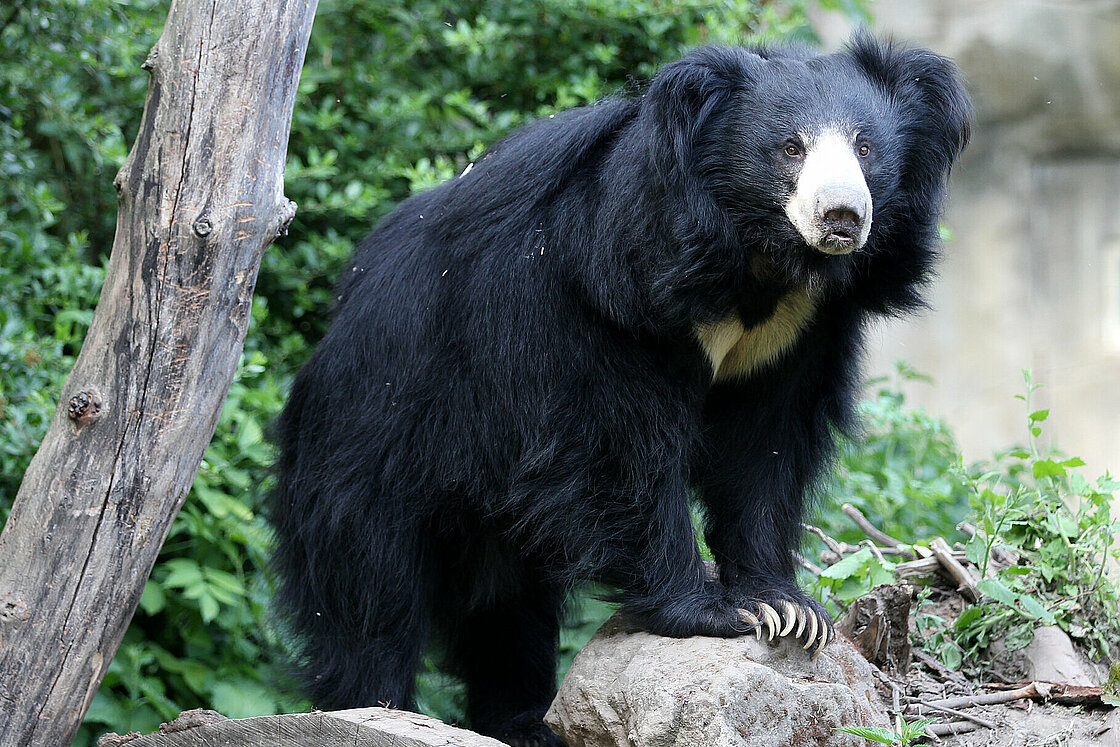
These are far from the largest bears in the world as they are considered to be medium-sized. Their size and weight can vary quite a bit, though.
This type of bear diverged quite a long time ago from other bears in the family Ursidae. It’s estimated that they already looked the way they do today in the early Pleistocene, a period that lasted between 2,580,000 to 11,700 years ago.
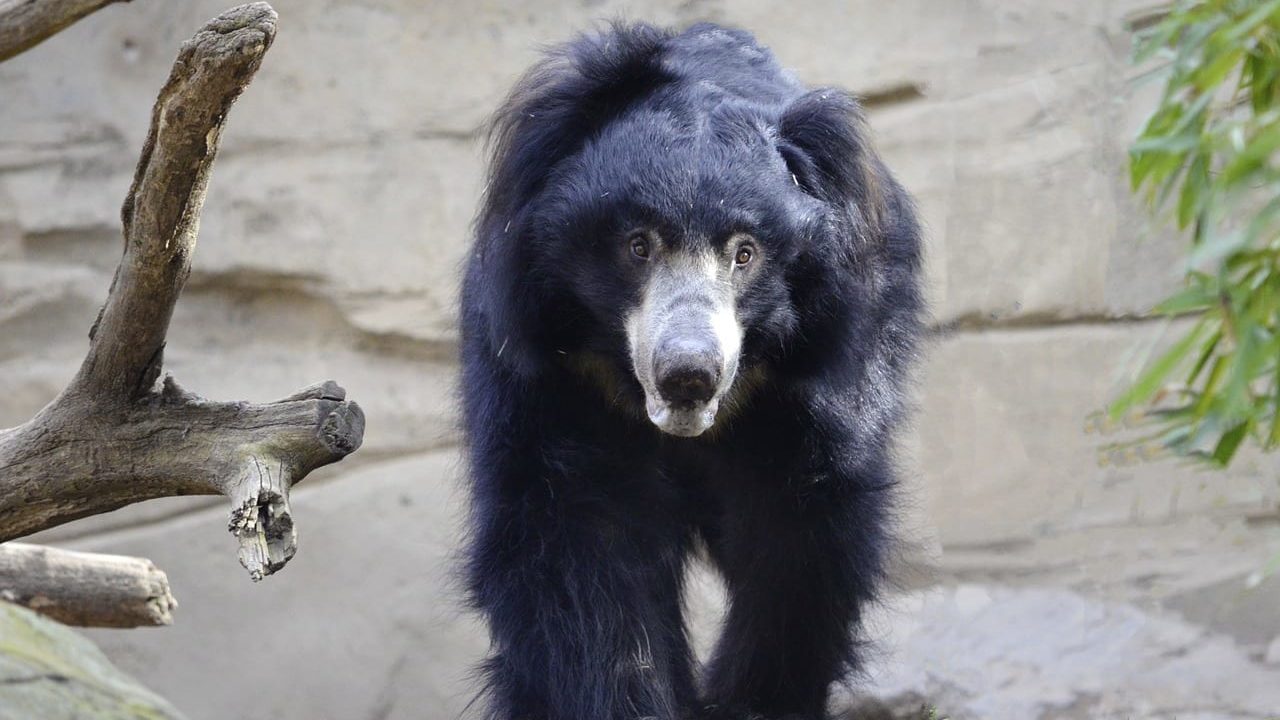
The gestation period lasts about 210 days and the cubs are born completely blind. They only open their eyes after 4 weeks as well, around the same time that they start walking.
These bears have dense fur that is completely black except for a Y or V-shaped marking on their chest. This feature is sometimes not even present in the Sri Lankan subspecies which means they may be completely black as well.
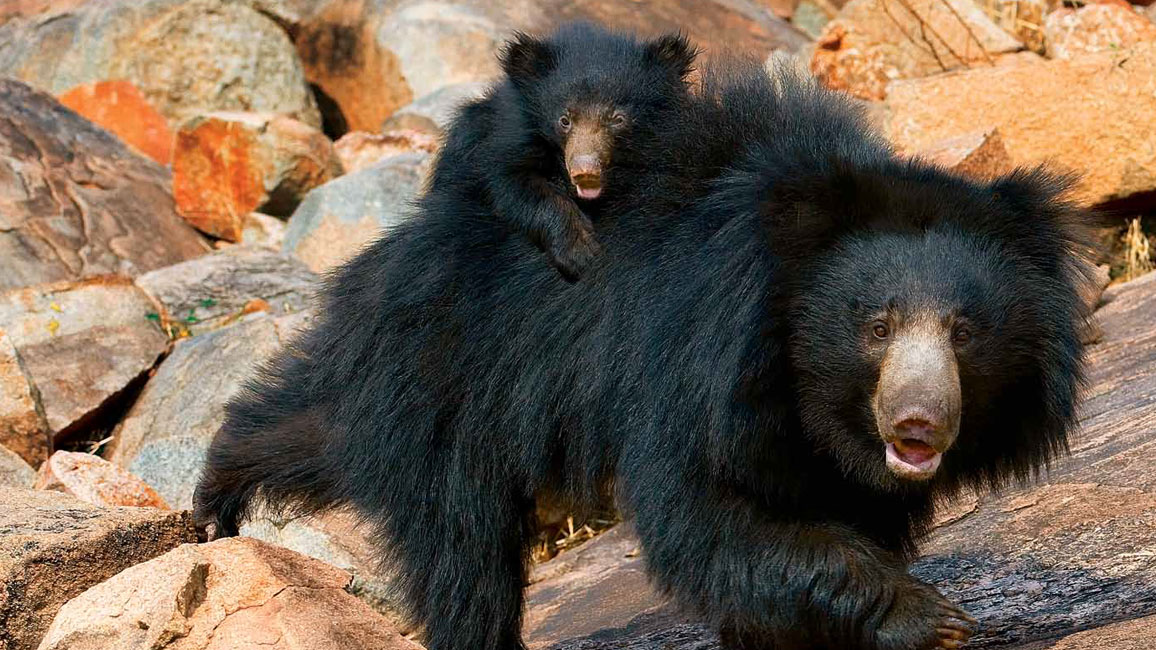
The breeding pattern differs between the two subspecies. In India, they only mate in April, May, and June, and give birth in December or January. In Sri Lanka, this occurs all year round.
They also have extremely long claws that can reach a length of up to 10 centimeters (4 inches). These are not only great tools to defend themselves but also allows them to easily climb trees.
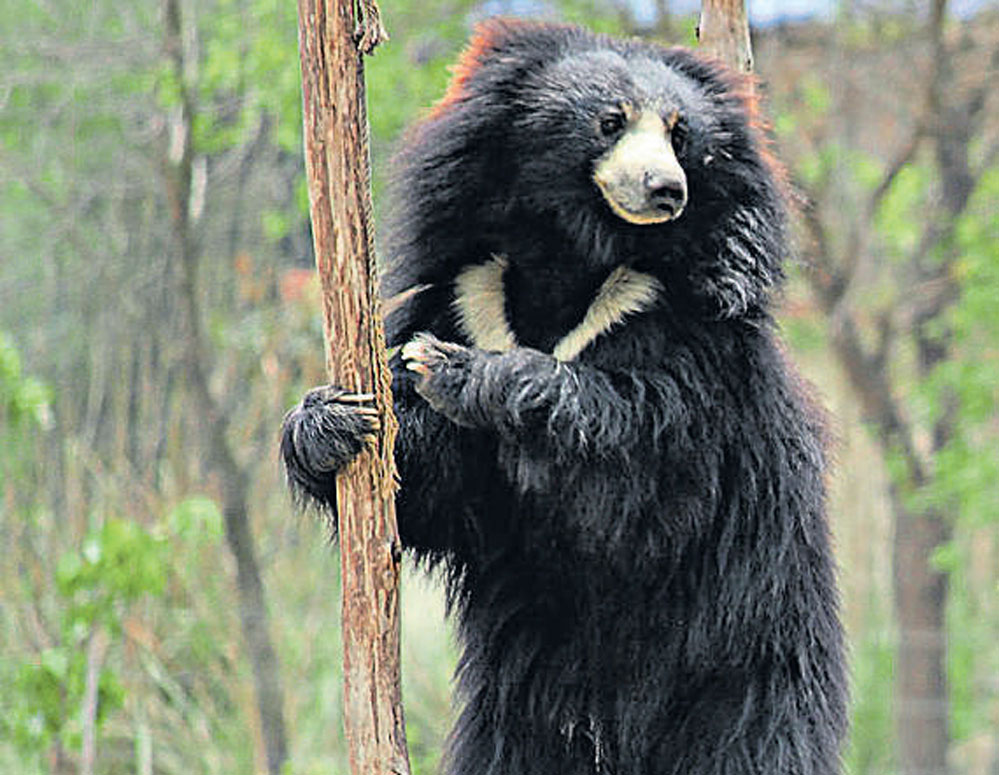
Their weight fluctuates even more as females weigh typically between 55 and 105 kilos (121 and 231 lb) and males between 80 and 145 kilos (176 to 320 lb).
It’s pretty certain, though, that they reached their complete evolution while living on the Indian subcontinent. Their evolutionary tract shares a lot of characteristics with other ant-eating mammals as well.
They usually stand between 60 and 92 centimeters (2 and 3 feet) tall at the shoulder and have an average body length of between 1.4 and 1.9 meters (4 feet 7 inches and 6 feet 3 inches).
Even though these bears appear to be slow and clumsy, they can actually run quite fast and can even sprint faster than a human.
